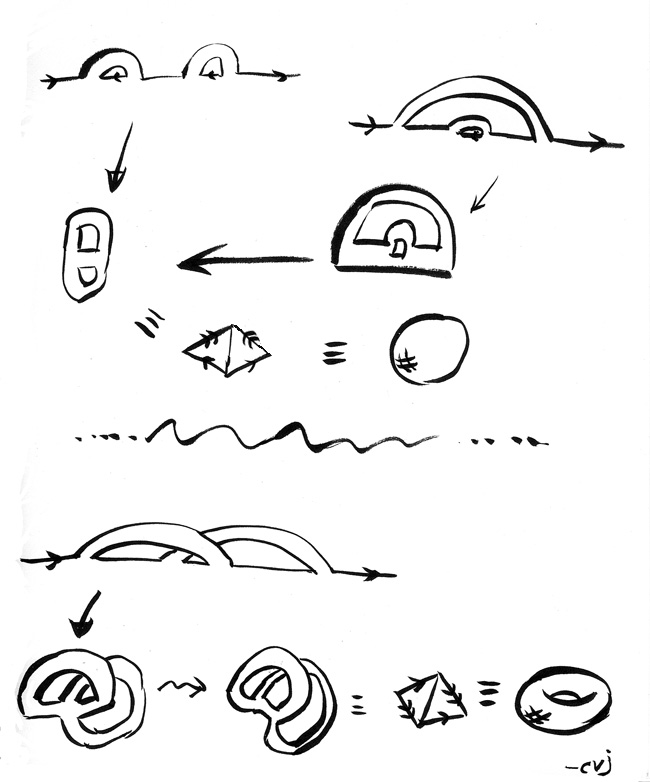Entangled
Gosh, I got a bit swamped there over the last week. Several things took me away from sitting down and doing a blog post, including teaching my class (more on that shortly), working on a film project (more on that longly) and doing my taxes (late this year – bah!) and the usual raft of committee meetings and so forth. But one of them was locking myself away for two days with my computer and a web connection and writing a paper from start to finish with Tameem Albash. We’d more or less completed the bulk of the project over two months ago, with some very interesting results that we’d talk about from time to time to try to understand what was going on, but I held things up, being distracted by several other things (some of which you know about from this blog). We decided two weeks ago that we’d just finish the thing once and for all, and then somehow ten days went by with me not getting to it. Then I decided to close the door and just do it. So from lunchtime on Friday through lunchtime on Sunday I became a recluse (kind of) and I wrote, in turn with Tameem, as we emailed and IMed back and forth, until we had a nice paper entitled “Holographic Studies of Entanglement Entropy in Superconductors”.
It is a project I’ve been hoping to do for a long time, but not all the pieces were on the market until late last year. The entanglement entropy has been a quantity of interest among physicists in various fields for years, especially in the condensed matter and quantum information community, and is regarded […] Click to continue reading this post

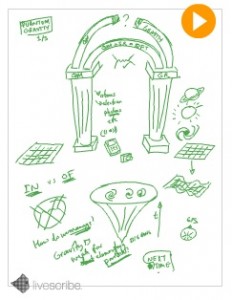
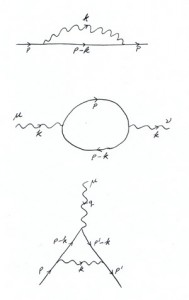


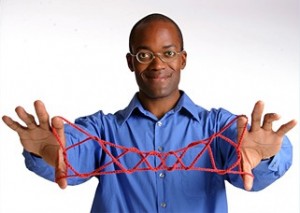

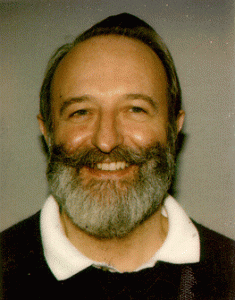

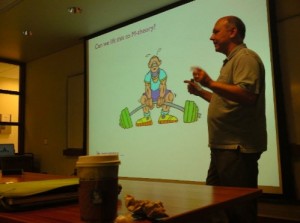
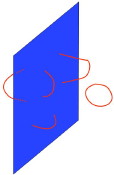 It was a fun week in the string theory class this week, as we got to some major landmarks that are always fun to teach. We’ve uncovered the extended objects called D-branes (see numerous previous posts for how useful and important these objects are in string theory research) in all their glory in the lectures before, and deduced lots of their properties, such as the form of the action that determines how a D-brane moving in spacetime responds to the various fields (including the geometry) created by the string theory. That’s all fun, but then the key thing to do next is to compute the mass of these dynamical objects, or the mass per unit volume – the tension. Computing it fully, with no hand-wavy factors. Your mass measures how strongly you interact with gravity. So you can measure it by studying the gravitational interaction between masses. (You do that when you step on a scale to measure your weight… well the scale does it by showing how much force it takes to stop you from falling through the floor toward the center of the earth…)
It was a fun week in the string theory class this week, as we got to some major landmarks that are always fun to teach. We’ve uncovered the extended objects called D-branes (see numerous previous posts for how useful and important these objects are in string theory research) in all their glory in the lectures before, and deduced lots of their properties, such as the form of the action that determines how a D-brane moving in spacetime responds to the various fields (including the geometry) created by the string theory. That’s all fun, but then the key thing to do next is to compute the mass of these dynamical objects, or the mass per unit volume – the tension. Computing it fully, with no hand-wavy factors. Your mass measures how strongly you interact with gravity. So you can measure it by studying the gravitational interaction between masses. (You do that when you step on a scale to measure your weight… well the scale does it by showing how much force it takes to stop you from falling through the floor toward the center of the earth…) 
